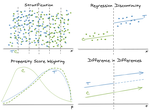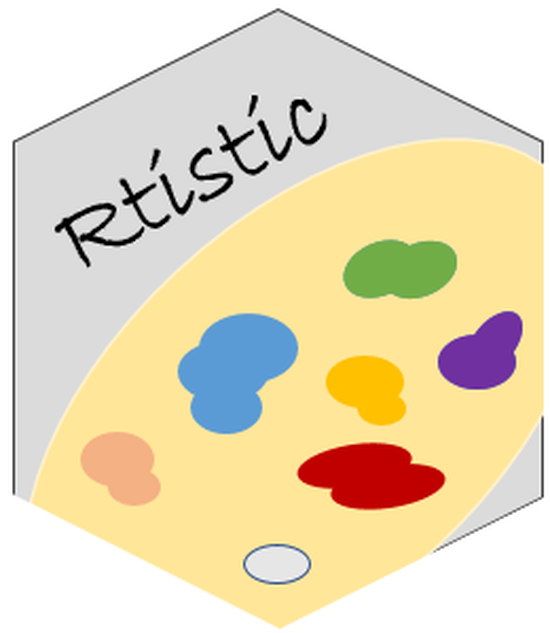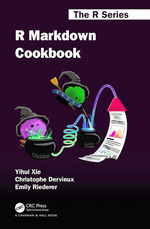Top Posts
Building a team of internal R packages
On the jobs-to-be-done and design principles for internal tools
Column Names as Contracts
Using controlled dictionaries for low-touch documentation, validation, and usability of tabular data
RMarkdown Driven Development (RmdDD)
A workflow for refactoring one-time analyses to sustainable data products















